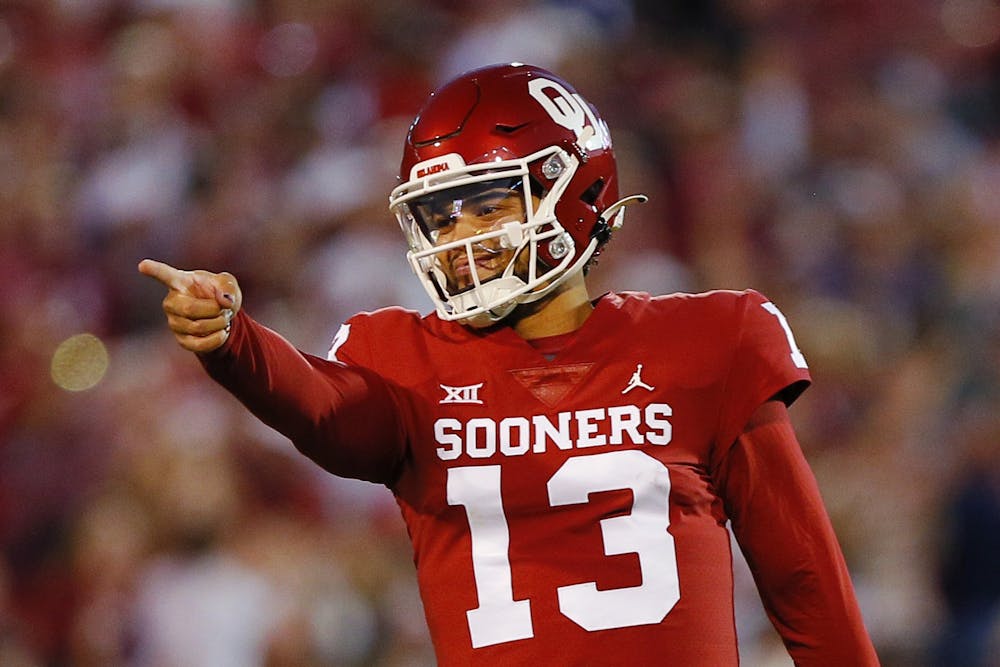Oklahoma Quarterback Caleb Williams stunned the college football world earlier last week after entering the transfer portal. His announcement reignites conversations about name, image and likeness laws and their effect on college sports overall.
Williams went into this season a true freshman and the top-ranked QB for his class. He became the starter this season after unexpectedly replacing quarterback Spencer Rattler. Williams finished the season with 1,912 passing yards, 21 touchdowns, and a win in a bowl game against Oregon, according to The Washington Post.
His decision to enter the transfer portal is an example of how the new era of college sports will look for star players. Since schools can use financial deals and incentives during recruiting, it will become a significant factor in how student athletes decide where to get their education.
Schools have already started trying to catch Williams' eye.
Eastern Michigan University offered a $1 million deal for Willams to come and play football at the university.
Former EMU player and Super Bowl champion Charlie Batch publicly made the offer through a Twitter post days after Williams entered the portal. The proposal shows how much wiggle room schools and boosters have in courting athletes under the new rules.
Related: [COLUMN: Indianapolis Colts up and down on the road to the playoffs]
IU stepped into this new era as well. In early July, the athletics department created its own comprehensive Indiana Athletics NIL policy to outline and encourage students' opportunities.
IU also offers an outside NIL program to help students learn more about their options and get the most from them.
NIL rules added a unique aspect to school recruiting. Recruiting is no longer just about campus life, coach fit, and school history. Now, money is added in.
This may change the relationships between schools and athletes forever. Athletes can now be worth as much money as their talents and marketability will allow, according to USA Today.
Some believe this could also start an "employee and employer" relationship between schools and athletes, while others think these changes are long overdue.
Athletes could be inclined to take big-money offers for one-year contracts similar to Williams'.
After years and years of schools making billions of dollars off the talent of their athletes, it's time for the athletes themselves to get in on the fun. No matter where Williams decides to go, his decision to enter the transfer portal shows the hype and potential of college sports in the new year.





